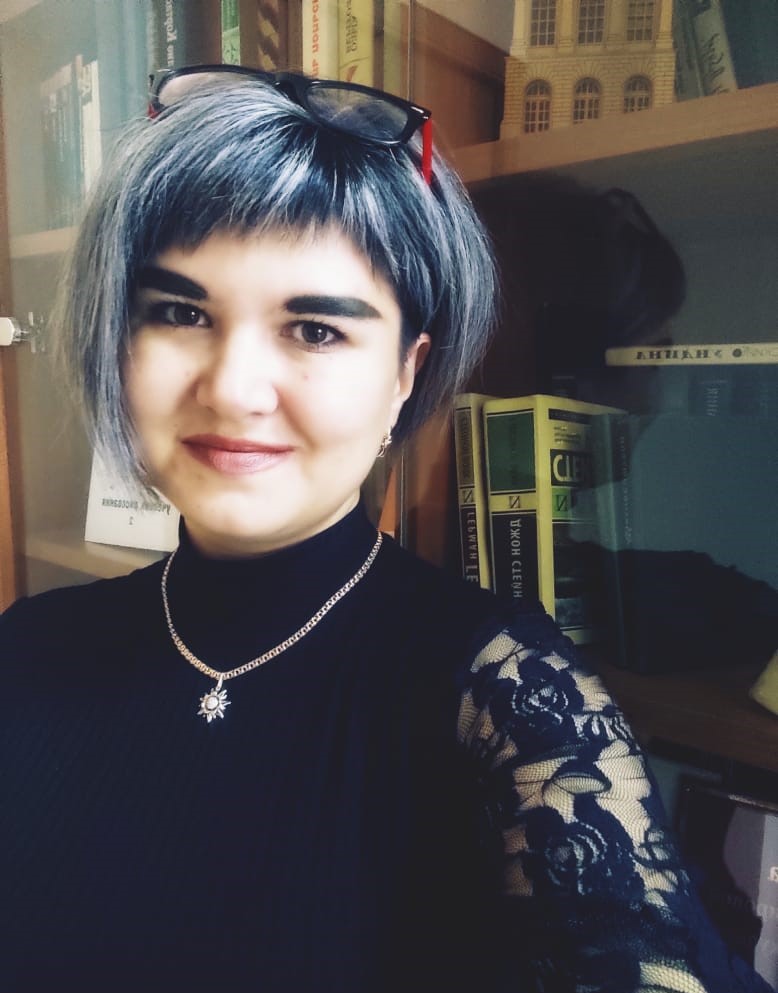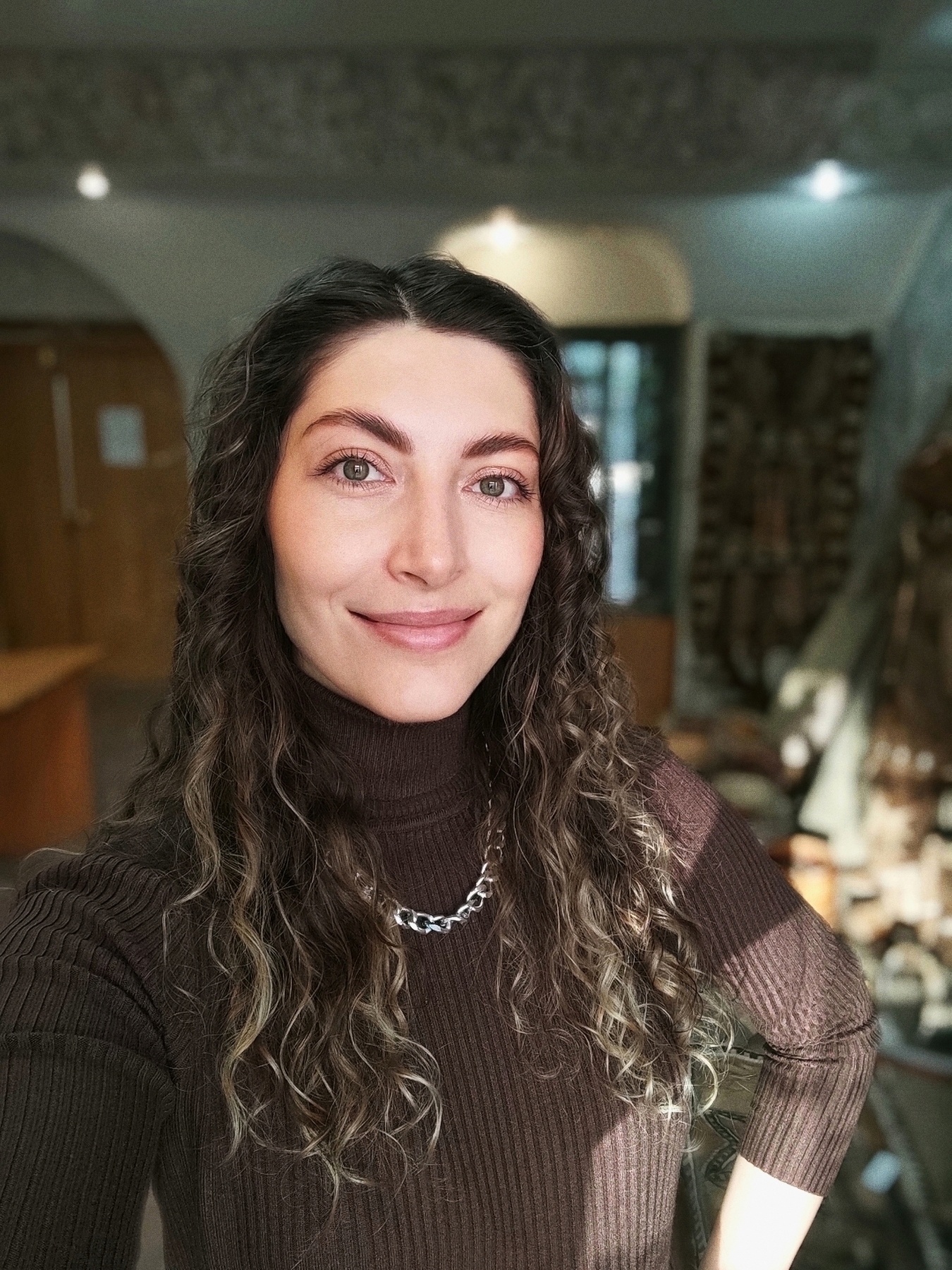The authors study the ethnoreligious landscape of Barga in the first half of the 20th century. The official name of this territory in Chinese is Hulunbuir District. This name comes from the toponyms of two large lakes located within the district – Dalai-nor and Buir-nor. Barga (Mongolian folk name) is a historical and ethnographic region, which ethnic map started forming in the 18th century. This process was actively facilitated by Qing China's resettlement policy in lands bordering Khalkha and Imperial Russia, with borders passing along the Amur and Argun rivers. Territorial proximity, borderline position and history played a key role in developing this region, not only for nomadic Lamaite peoples such as Mongol-Buryats and Olots, nomadic shamans like Chipchins, Solons, Oroqens, but also for Daur, who were sedentary shamanists, and Orthodox Russians. In this article, we refer to the main monastery located in New Barga (Shin-Barga), Ganzhur-sume, which was built in 1785. It was a religious center of Lamaism and one of the trade centers on the Far Eastern borders. The Ganzhur Fair, held on a square near the monastery, brought together participants from Barga and other regions of China, Khalkha and Russia from Transbaikalia, Primorye and the Amur region. Representatives of Buddhism, Shamanism and Orthodoxy gathered in the territory around the monastery. Based on archival data and photographs, the authors describe the location of the monastery and its ethnocultural significance in the religious landscape of Inner Mongolia. They also collect data on the Ganzhur-sume monastery from disparate sources and integrate them into a coherent whole.
Key words: religious landscape, Russia, China, Ganzhur, New Barga, monastery, Lamaism, Buddhism, Shamanism, Orthodoxy, fair
DOI: 10.22250/20728662-2025-2-88-103
About the authors
 |
Yana V. Zinenko – Candidate of Philosophy, Assistant Professor of the Department of Literature and World Culture, Amur State University; 21 Ignatievskoe shosse, Blagoveshchensk, 675027, Russia; This email address is being protected from spambots. You need JavaScript enabled to view it. |
 |
Evgeniya A. Kontaleva – PhD, Assistant Professor of the Department of Religious Studies and History, Amur State University; 21 Ignatievskoe shosse, Blagoveshchensk, 675027, Russia; This email address is being protected from spambots. You need JavaScript enabled to view it. |






